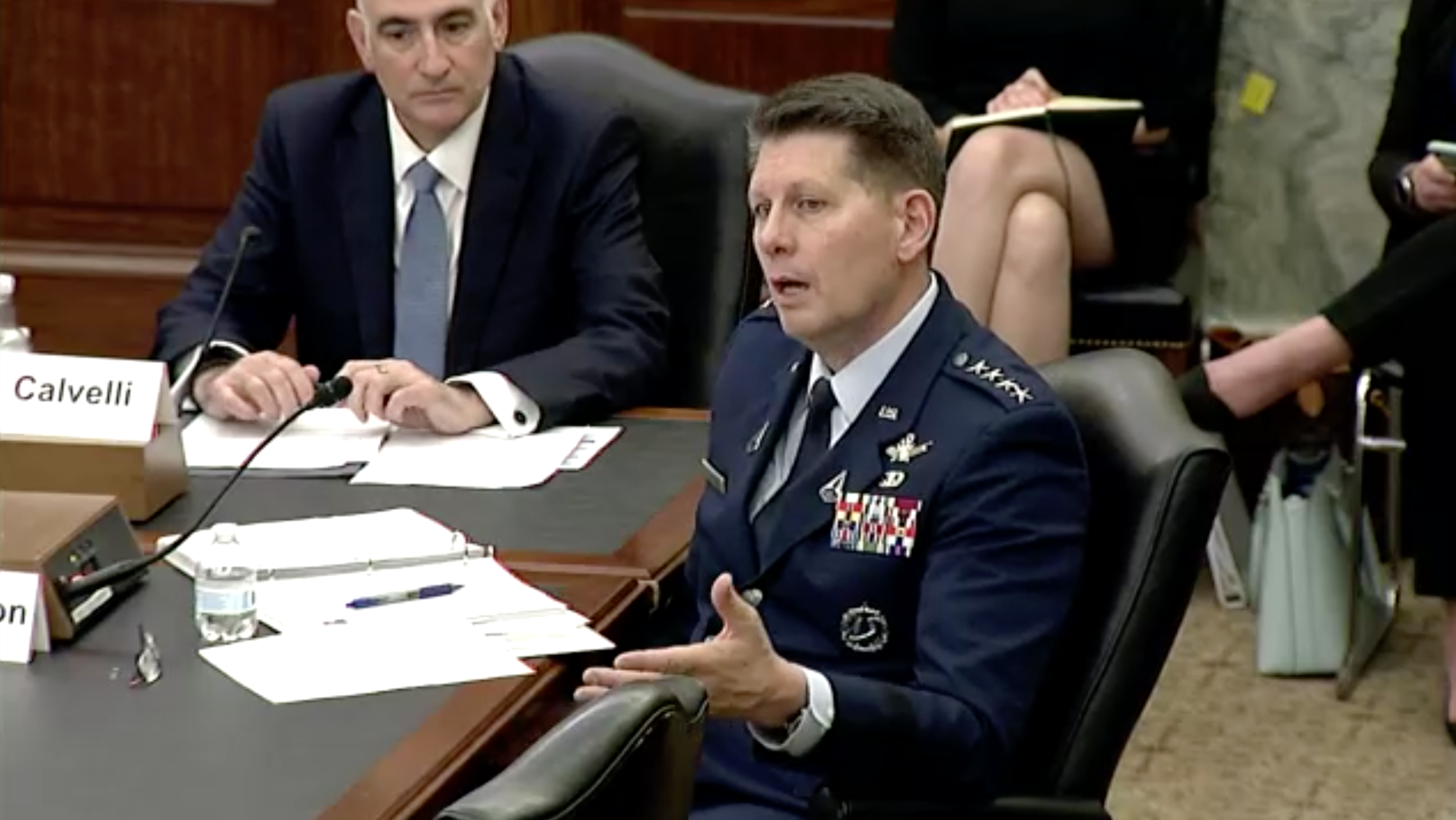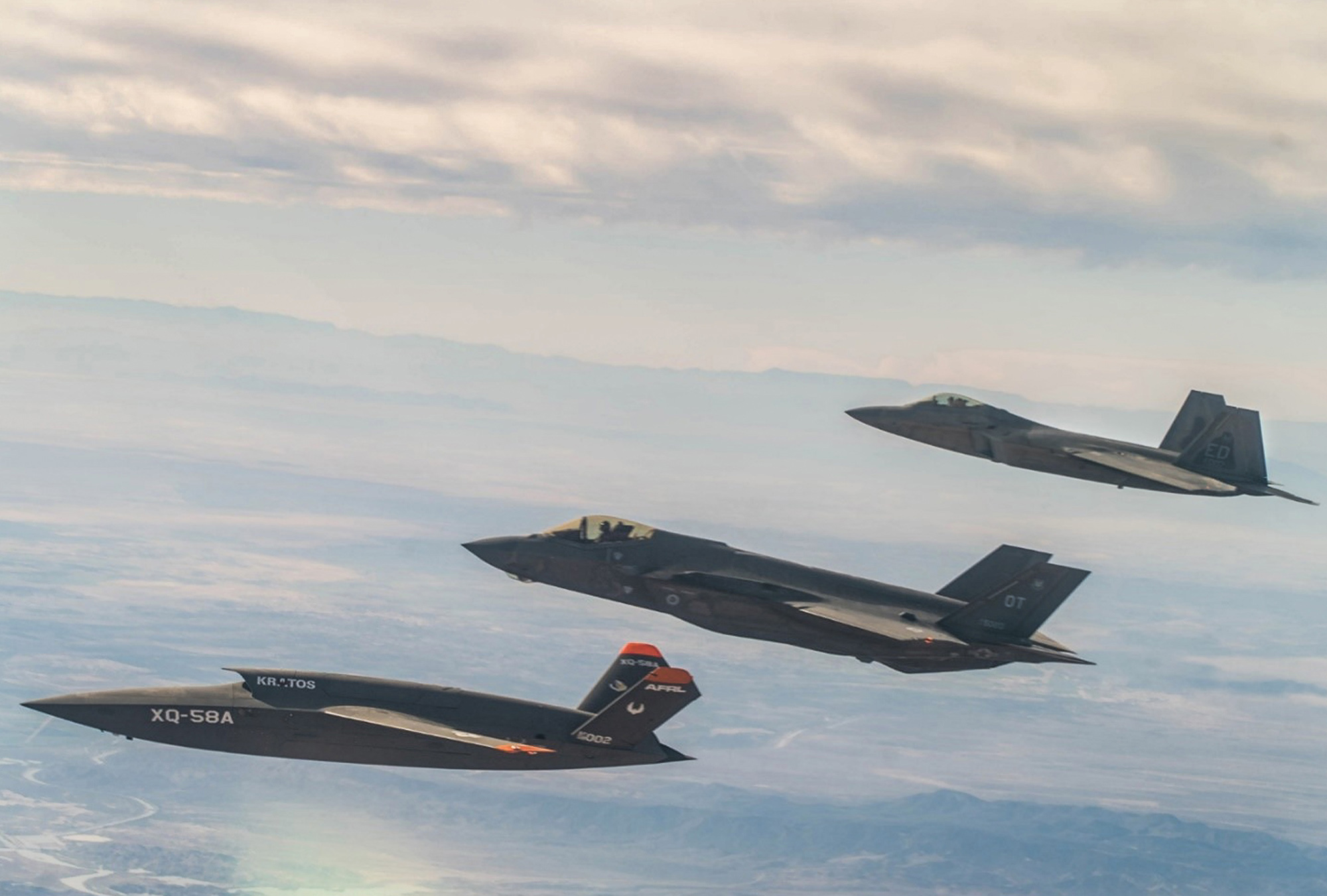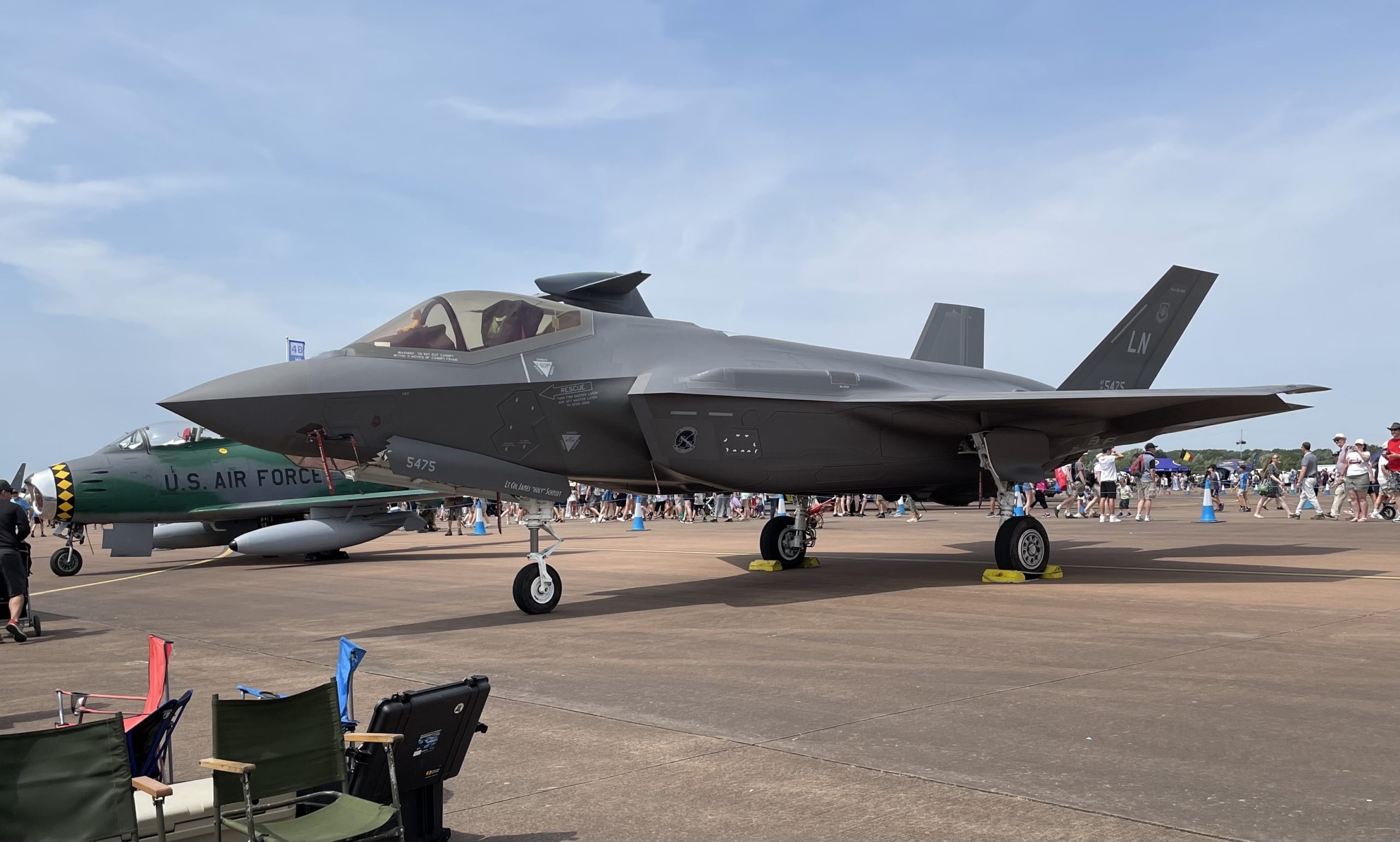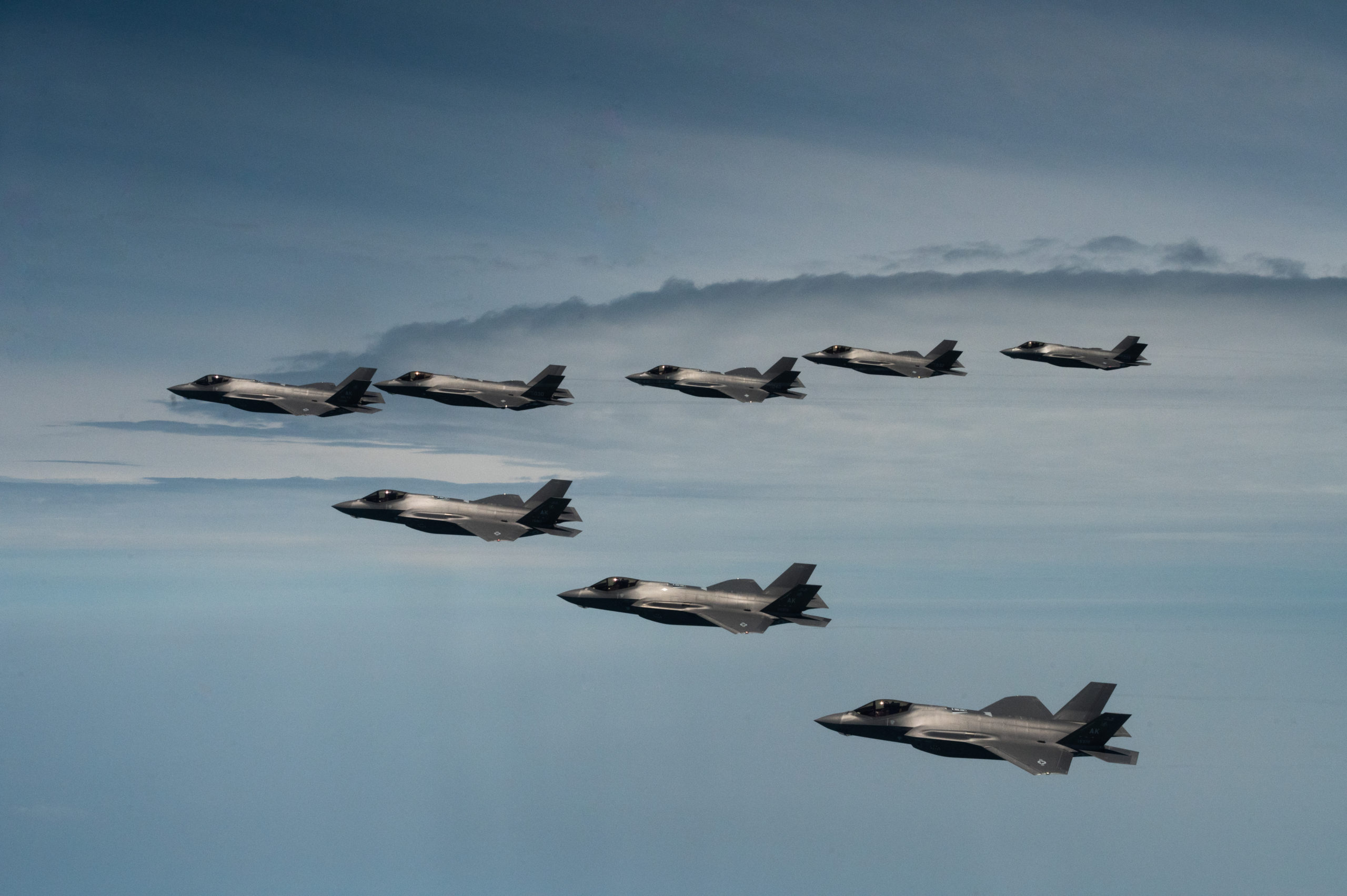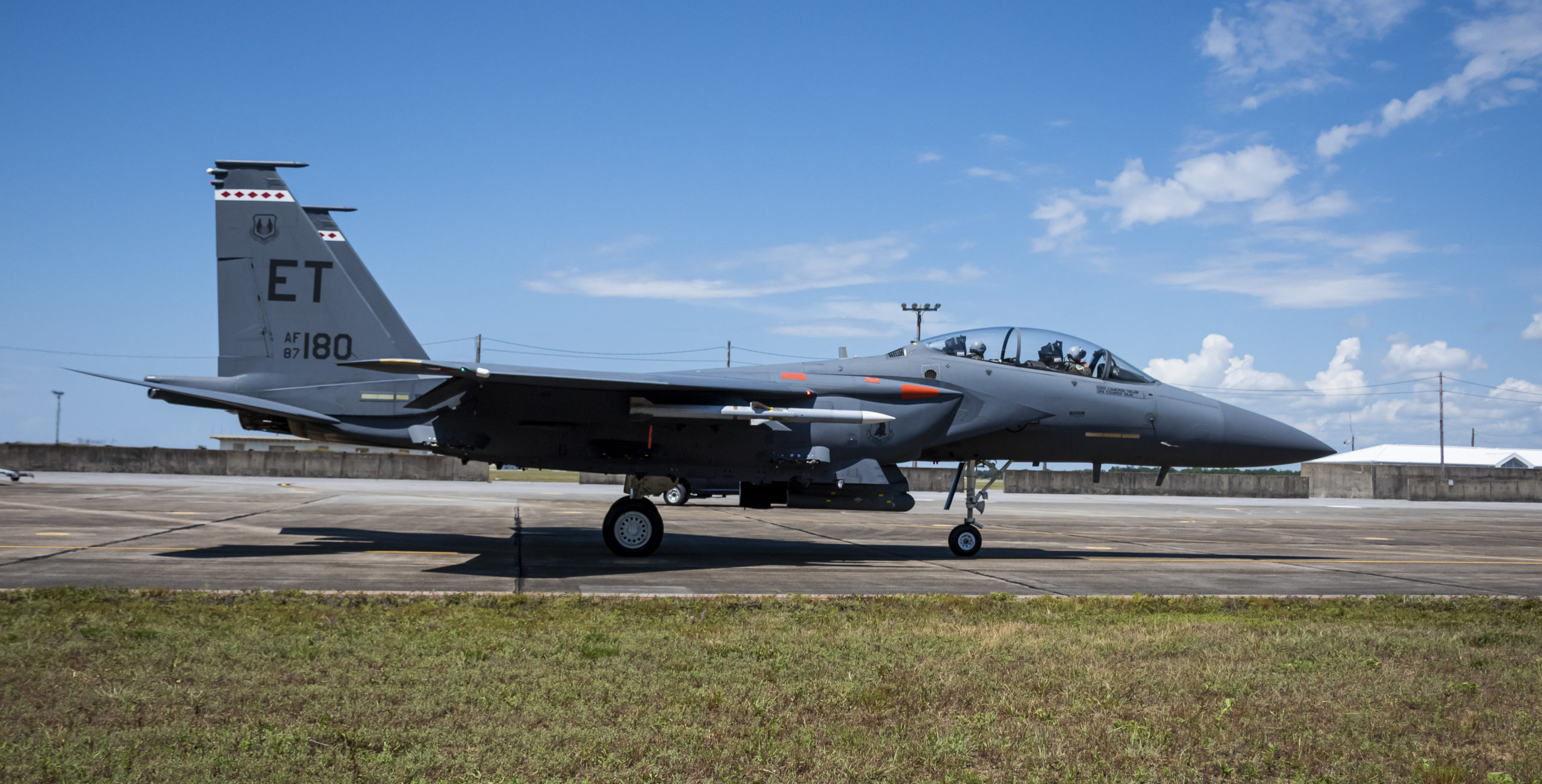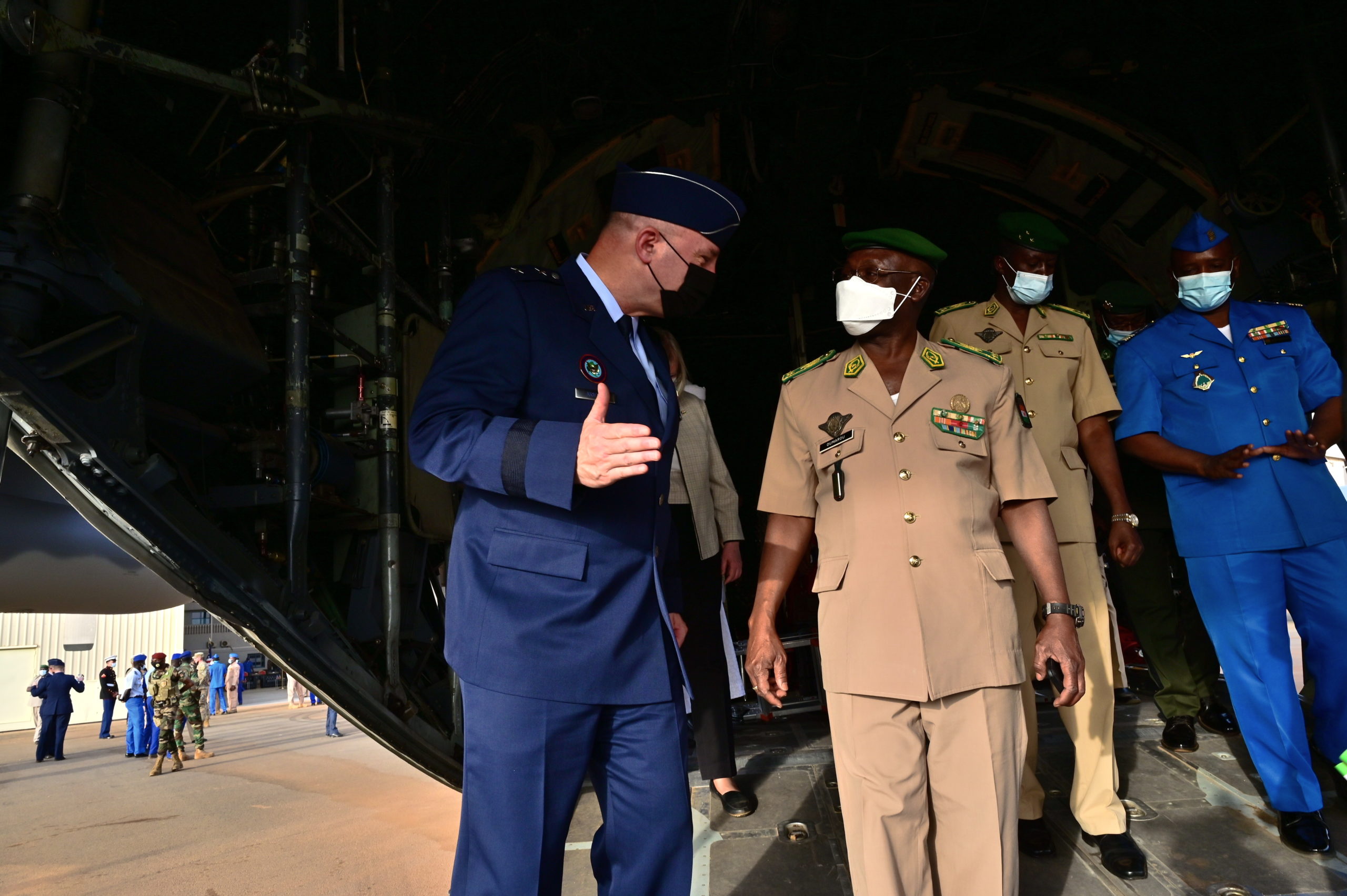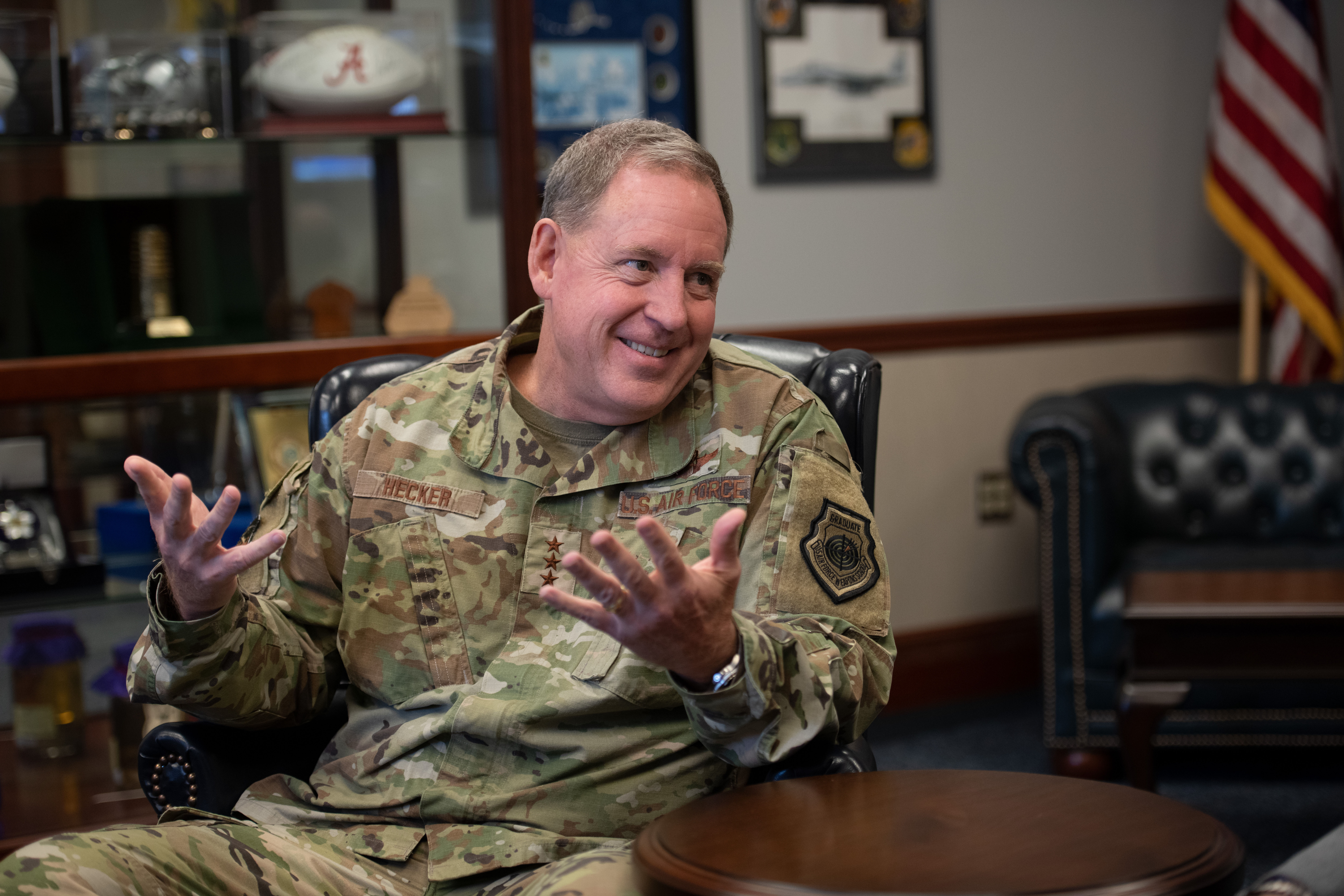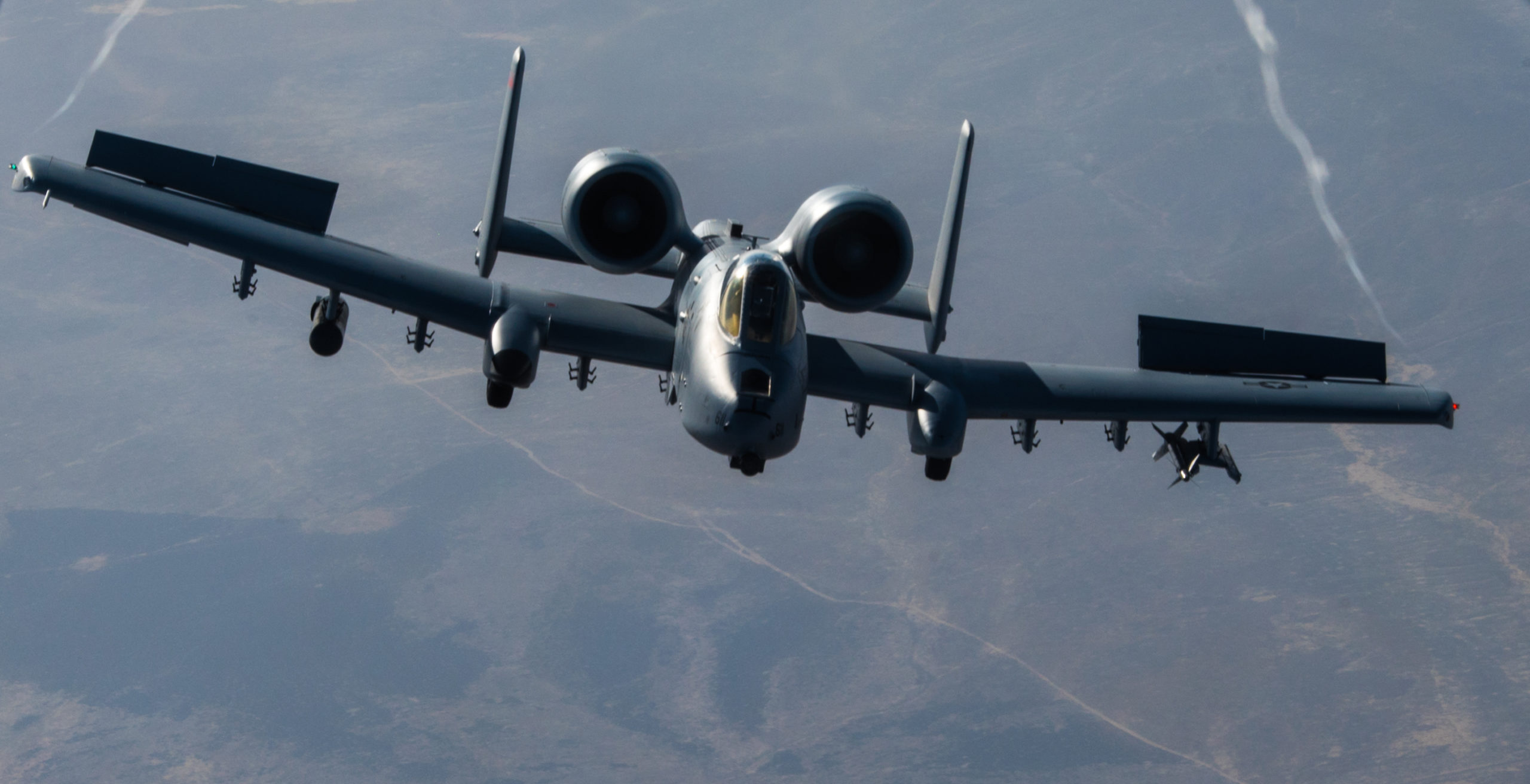The House Armed Services subcommittee on readiness asked Air Force and Space Force leaders July 19 how the Ukraine conflict and competition with China have required increased readiness at a time when sustainment costs are constrained by investments in new technology.
Air Force Vice Chief of Staff Gen. David W. Allvin focused on the need to retire legacy platforms to free up funds, while Vice Chief of Space Operations Gen. David D. Thompson said existing levels of training were “not sufficient” to teach Guardians how to counter adversaries’ threats in space.
HASC subcommittee on readiness ranking member Rep. Mike Waltz (R-Fla.) said the challenge for the services and Congress is to strike a balance between readiness and modernization.
“As we’re seeing in Russia and Ukraine, it’s a reminder that we have to sustain high levels of readiness,” said Waltz, a colonel in the Army National Guard, in his opening statement of the July 19 hearing, referring to the logistics and sustainment challenges faced by Russian forces in Ukraine.
In the Pacific theater, Adm. John C. Aquilino had told Waltz that U.S. Indo-Pacific Command needed forward forces to counter China’s aggression. Meeting that request, said Waltz, a former Green Beret, requires sufficient operation and maintenance (O&M) funds.
“If we continue to tread water, within the next decade the [Chinese Communist Party] will modernize its military, bring it to parity, and in some areas overmatch with our own,” Waltz contended.
The Air Force’s fiscal 2023 O&M budget is $68.1 billion. In the Active-duty Air Force, “core readiness” programs, including weapon system sustainment and flying hours, received 23 percent and 10 percent of the proposed budget, respectively.
Allvin said readiness funding is constricted when the Air Force is required to maintain an aircraft beyond its planned lifespan.
“The age of our fleet, the programmed lifecycle maintenance projection, they sort of go out the window once the aircraft is sustained past its design life,” he said. “Every year, we try to be able to retire those legacy systems. And every year that we don’t, we just don’t park them, we try again to maintain them, and it costs more to maintain them.”
Allvin explained that once a platform is kept for up to 10 or 15 years past its anticipated life, anticipated maintenance issues no longer apply. Rather, the platform breaks in “new and different” ways, requiring longer time in depot maintenance.
Allvin identified three factors as part of the “continuous spiral” that ensues when a legacy platform is not retired:
The depot maintenance pipeline becomes clogged by the number of aircraft requiring maintenance; the overall budget increases because new systems require new logistics support dollars; and the maintenance workforce cannot transition to learn new platforms because they are still required on the older platforms.
“The high costs to sustain and operate these systems, along with their decreased relevance, is making your Air Force less effective,” Allvin said.
Alvin said that in other areas, the Air Force is making progress, such as a $27 million budgeted recruiting outreach effort in fiscal 2023, which is now being debated in Congress. The effort would improve Air Force outreach to underrepresented groups, geographic regions, and academic sources.
A pilot shortfall improved by 250 pilots in the past year, leaving some 1,600 vacancies, with monetary and non-monetary incentives helping to narrow the gap. An aircrew deficit, however, remains, something that could improve if legacy systems were phased out, Allvin said.
A New Metric for Readiness
Rep. Lisa McClain (R-Mich.) called on all the services to meet a fiscal 2021 National Defense Authorization Act requirement that the services submit a report on the readiness of every weapon system.
“These metrics show where Congress is getting the most out of its investment in military readiness,” a staffer from McClain’s office explained to Air Force Magazine. “This data also shows whether legacy systems are still cost effective or they can be retired to redirect resources elsewhere.”
None of the services had met the requirement to consolidate a metric of readiness to include with the fiscal 2023 budget.
McClain said knowing how much is spent to maintain readiness of a legacy system can help lawmakers decide to retire it or make the investments in the supply chain to keep the weapon system cost effective.
Space Force Needs Advanced Training
The vice chief of space operations said Space Force Guardians are currently able to meet “routine day-to-day operations” but not able to respond to an adversary in contested space unless advanced training is funded and integrated into the Space Force.
“Much work remains to be done,” Thompson said. “The training standards and equipment that served us well in the past are not sufficient to address the threats we expect to contend with now and in the future.”
The Space Force’s fiscal 2023 O&M budget of $4 billion includes investments in field centers for doctrine development, warfare, intelligence, and professional military education.
Thompson outlined the new investments in advanced training that are part of Space Force’s fiscal 2023 plans.
One shift is a new force generation model that introduces a rotational cycle to allow Guardians time for advanced training. The model would allow a satellite operator, intelligence specialist, or cyber defender the time to improve their skills individually, he said, then bring them together as a crew to complete their training.
In the second change, new equipment will help Guardians practice the tactics required to counter adversaries in space. Live and virtual training opportunities will use high-fidelity simulations and models to hone Guardian training.
“The development and building of this infrastructure is one of the highest priorities of the Space Force,” Thompson said. “Without it, Guardians would not be able to have defendable systems, proven tactics, or the ability to practice their craft against an opposition force.”
In the third change, Space Force plans to modernize its force design to keep up with evolving adversary capabilities.
“We must counter and defeat a thinking adversary who becomes more and more capable and dangerous every day,” Thompson said. “We must transition away from legacy systems to new force designs that complicate the adversary’s decision calculus and likelihood of success, first and foremost, to deter conflict in space, but ultimately to win, should an adversary choose to attack.”
